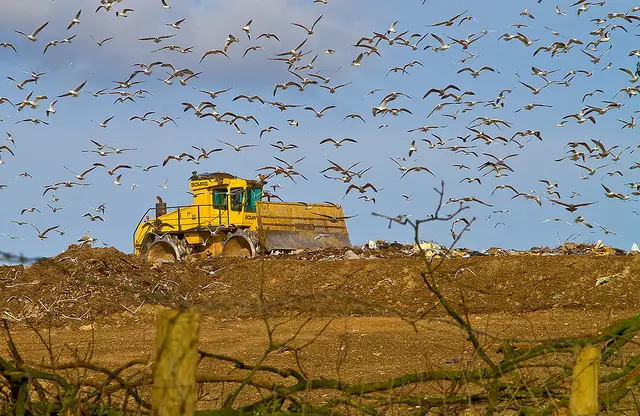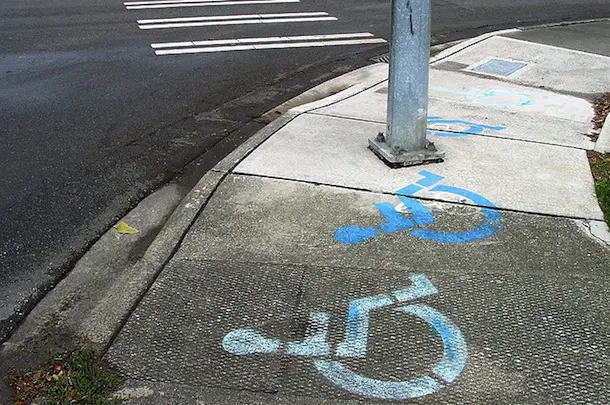Have Local Creative Businesses in London Benefited from the Olympics?
While preparations for London 2012 were underway, many cultural planners, arts institutions and community interest companies looked for opportunities to contribute to the urban-cultural life leading towards the Olympics. With the support of the Arts Council, the National Lottery and other major corporate partners including BT and Eurostar, much of the available financial support was given to larger projects, such as the ambitious London 2012 Festival.
Some of the UK-wide investment shaped the work of individual artists as part of Artists Take the Lead – a project aiming to help specific artists create ambitious commissions. Other funds served countrywide participatory activities in theatres, museums and heritage sites with the aim of engaging diverse demographics including young people, those with disabilities, local residents and international visitors.
Taken on from the legacy of the London 1948 Olympics, the role of the ‘Games Makers’ became another vital cornerstone for the 2012 sporting and cultural event with nearly 240,000 volunteering applicants for an estimated 70,000 positions.
Despite the vast arena of opportunities, it is questionable whether small cultural institutions, marginalised from the support of major funding bodies, were able to compete for opportunities to add character to the cultural activities around the Olympics. To illustrate this, the Arts Council claims to have invested £1.3 billion to boost 900 arts organisations integral to the cultural Olympiad between 2008 and 2011, yet in 2011, due to the continuing recession and tightening of investment available for the arts, cuts of a total of £19 million killed funding for more than 200 institutions.
I recently got the opportunity to talk to David Tootill, Artistic director at Southbank Mosaics – a community art studio based in Waterloo – to find out his view on whether local creative businesses benefited from the build-up to the Olympics.
Silvie Jacobi: What were your long-term expectations for London 2012, looking at creative opportunities for your business?
David Tootill: I was making a mosaic in a school at the time the announcement was made that London would host the 2012 Olympics. Immediately, all the children wanted to put in the Olympic sign, which we added.

Southbank Mosaics immediately started to track opportunities for the Olympics. We met engineers and designers, went to Meet the Buyers events and gave out information sheets, but all to no avail. Our big idea was to put the flags of the countries into mosaic paving outside the athletes accommodation. We thought this would be a welcoming gesture and provide a legacy for those who came to live in the accommodation. They would be able to say “Look the Ethiopian Team lived here.”
SJ: Do you think that the interest in investing in cultural projects has increased due to international attention on London? Did this result in creative venture opportunities for your company?
DT: Yes, definitely. We had an unexpected opportunity to put some of our work into the Waterworks Cafe in the Olympic Park. It was an excellent way to get ourselves more widely known, and we joined up with several other artists to do an exhibition called Survival of the Fittest, which features work by three of our artists.
SJ: What kind of projects have you participated in and what was the specific demographic target you wanted reach?
DT: In general, we make street art and work as an ‘open’ studio. That means anyone can come into our workplace, learn the artisan skill of mosaic and help us to make London beautiful. We have people from every continent, most countries and welcome lots of local residents and visitors too. Mosaic is a metaphor for London, all the peoples, communities, beliefs, tribes, cultures, creeds, colours, clans, faiths and freedoms, coming together to make a brilliant whole.
We work with young people in trouble with the police, and homeless people because several live in the garden of the church where we are based. In addition we work with schools, youth groups, corporate teams, and take referrals from the Health & Social Services for individuals with physical and mental impairment.
In addition to our exhibition in the Olympic Park, we have another exhibition in St Lawrence Jewry in the City, as well as over 200 permanent installations in the centre of London. Recent installations include 16 works of William Blake into Virgil Street, London SE1 – part of our project to create Blake’s Lambeth; and 14 portraits onto the front of Morley College, situated on Westminster Bridge Road.


